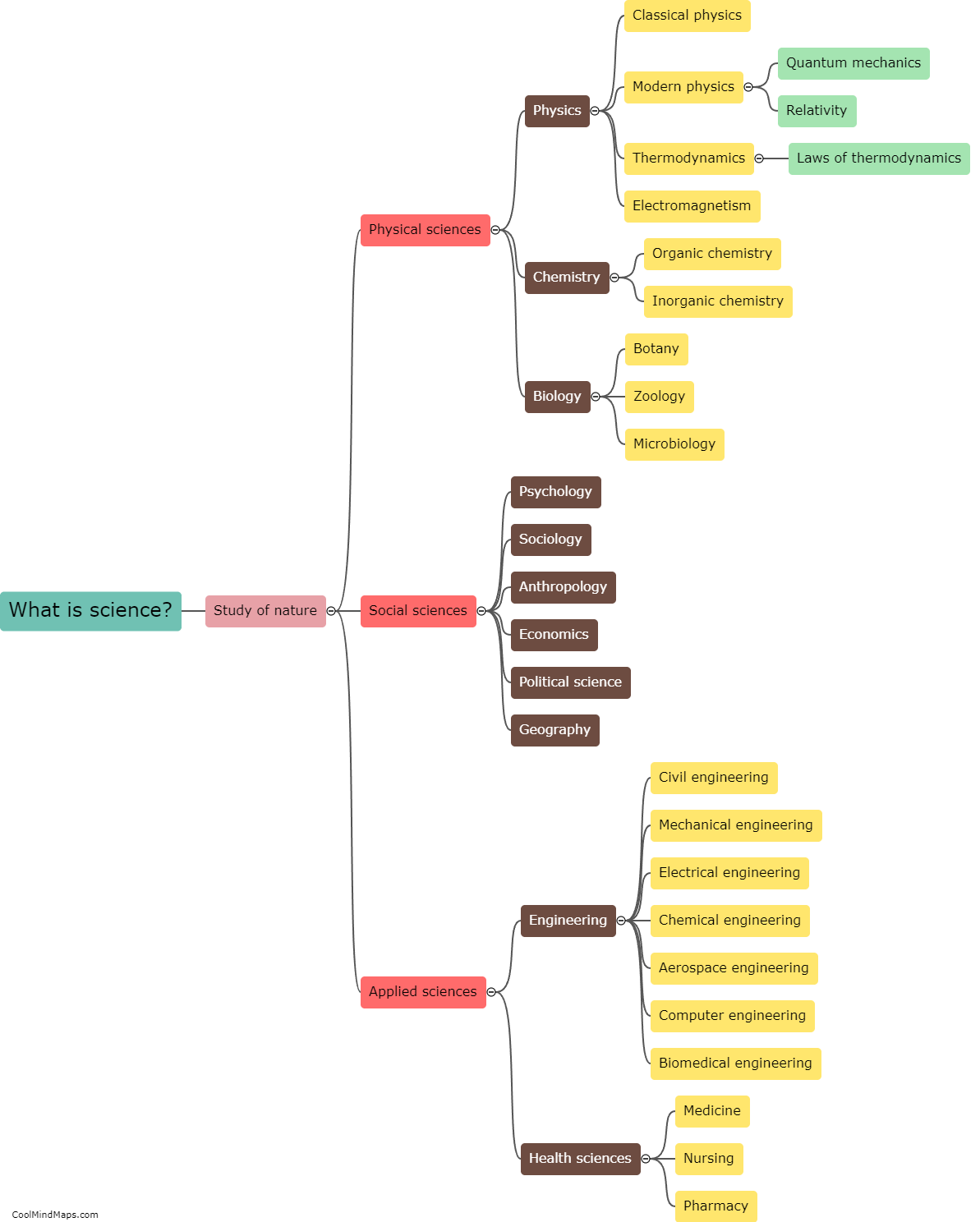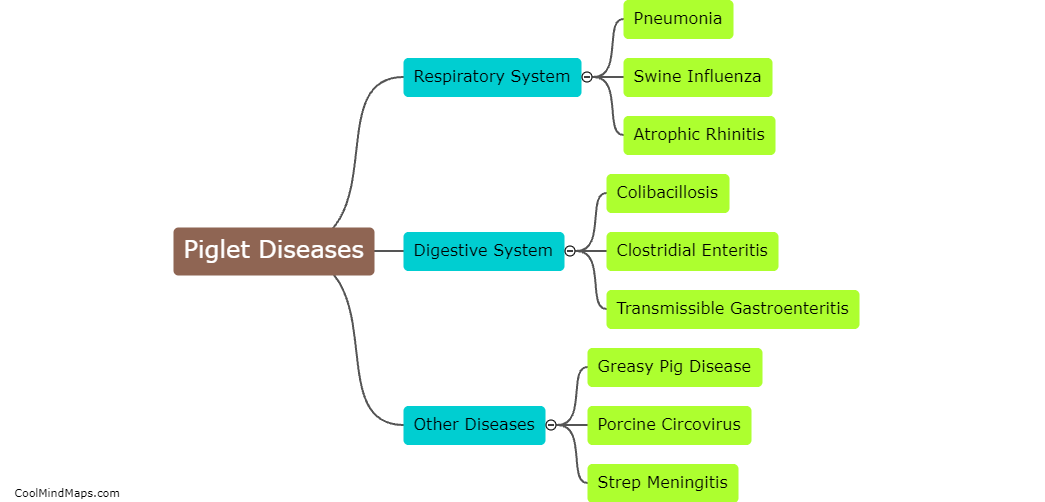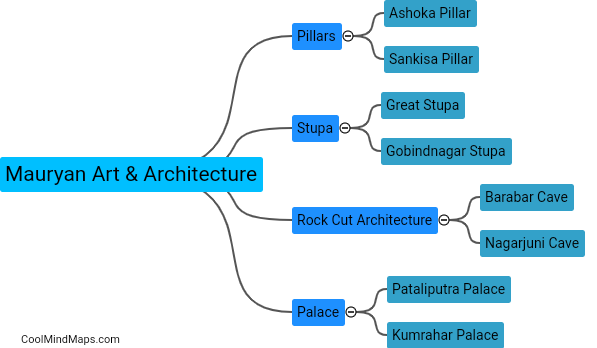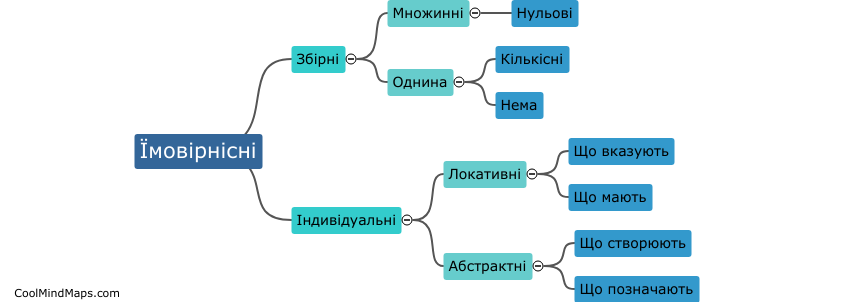How is the present simple formed?
The present simple tense is formed by using the base form of the verb with no auxiliary verb. For example, in the third person singular (he/she/it), an -s is added to the base form of the verb (e.g. I speak, he speaks). In negative form, the auxiliary verb 'do' is used (e.g. I do not speak). In questions, the auxiliary verb 'do' is also used (e.g. Do you speak?). Overall, the present simple tense is easy to form and is used to talk about habits, routines, facts, and general truths.

This mind map was published on 6 August 2024 and has been viewed 49 times.











